The BMW E60 automobile platform is the basis for the 2004 5-series of automobiles. It replaced the BMW E39 for 2004. Models available at launch include the 525, 530, and 545. All models received an engine upgrade for 2006, with a 550 replacing the 545 in the fall of 2005. The exterior of the design by Chris Bangle and Adrian van Hooydonk is controversial, as is BMW's new iDrive interface for accessing things like the radio and HVAC controls.
From the start, the fifth generation of the BMW 5 Series introduced in 2003 stood out through its impressive design and innovative technology. Once again, both the sedan and the Touring launched in 2004 set new standards in terms of active safety, driver assistance systems, and efficiency. BMW’s typical design language with convex and concave surfaces as well as flowing transitions from the front and side to the rear gave the fifth edition of the BMW 5 Series a particularly characteristic note, the interior with its clear-cut functions highlighting above all the iDrive control system featured as standard.
2004 - 2010 BMW 5-Series E60
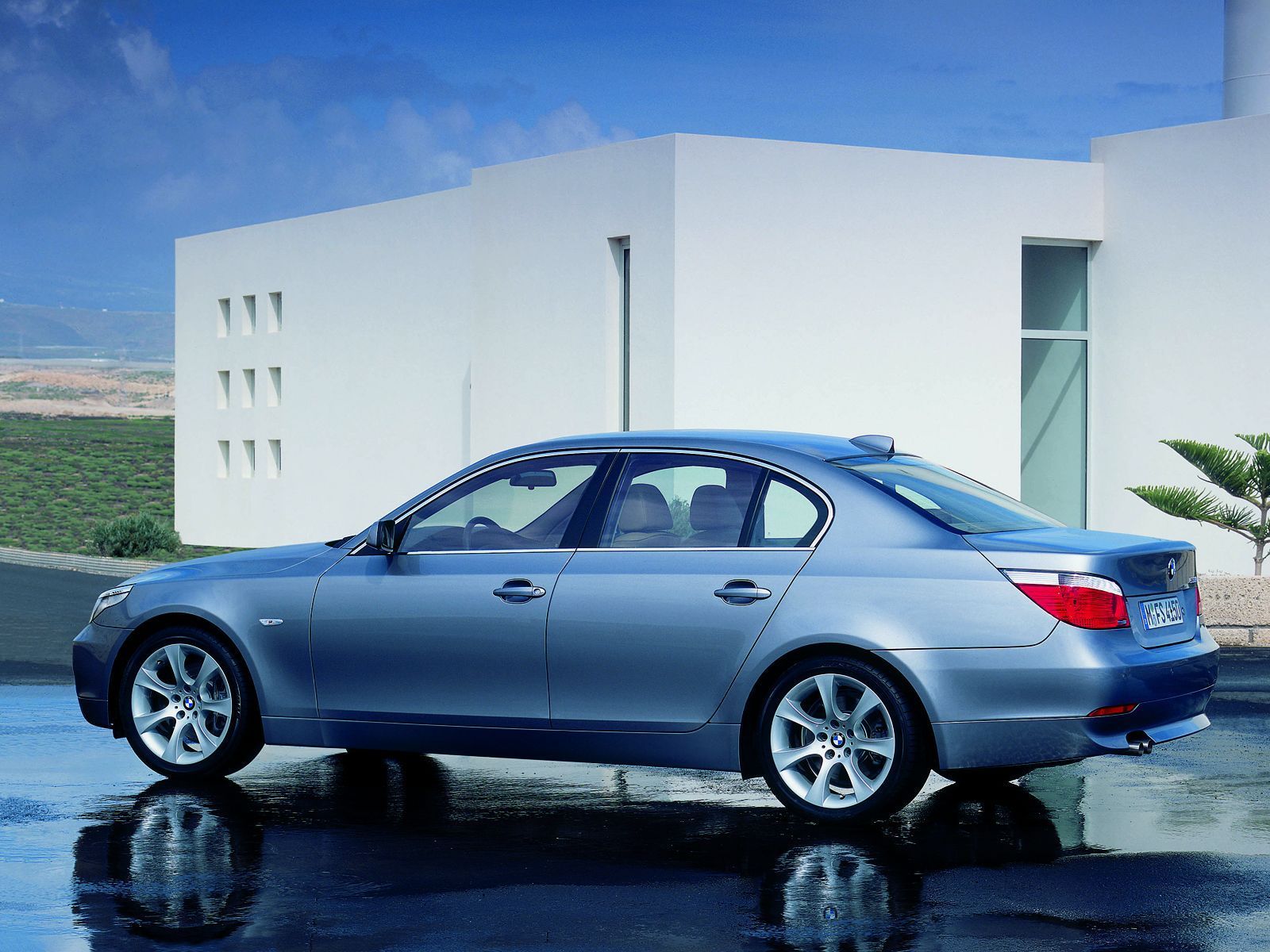

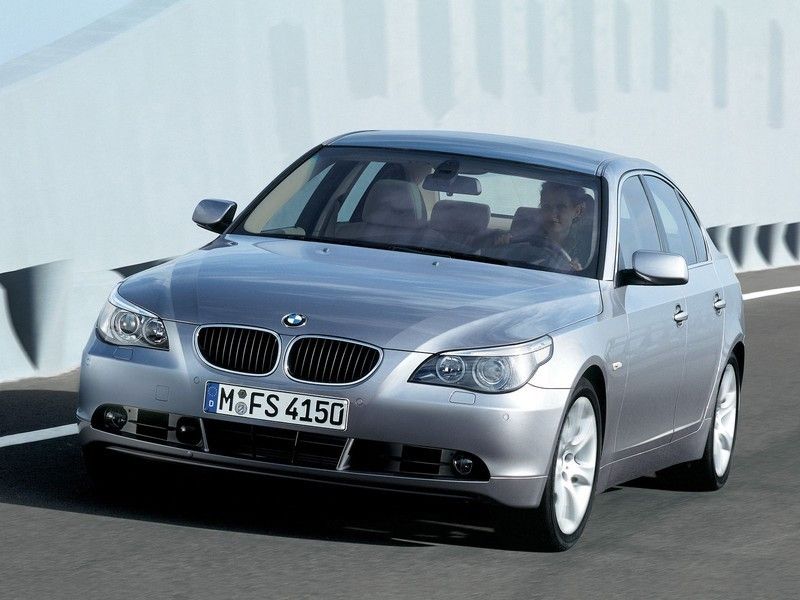
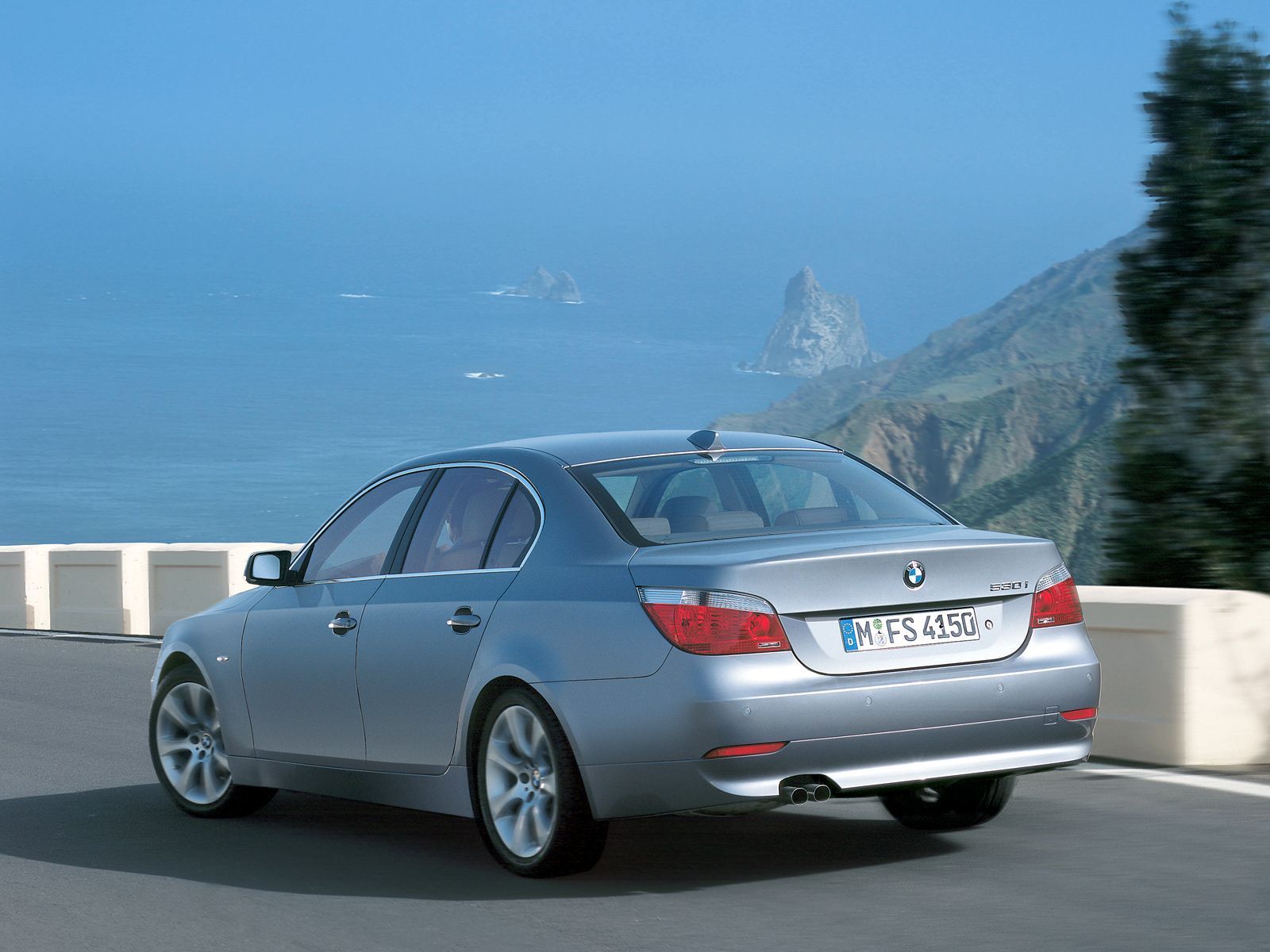
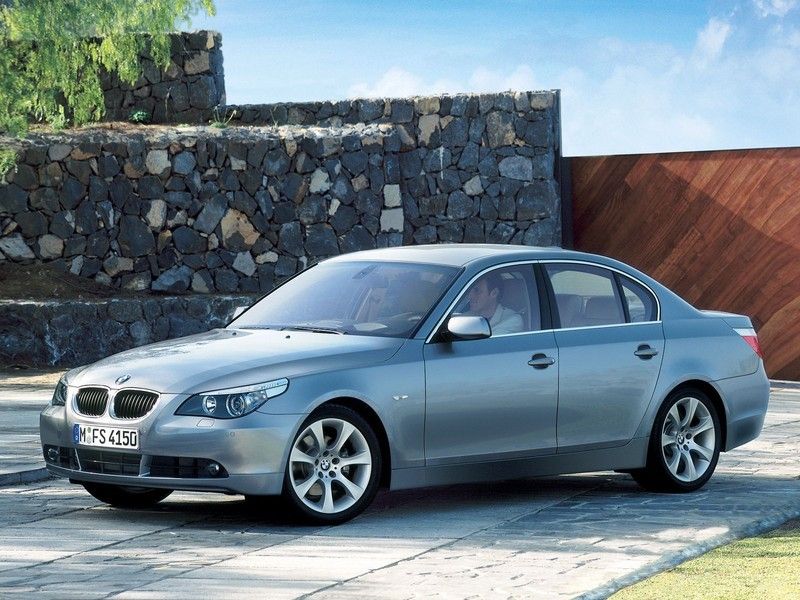
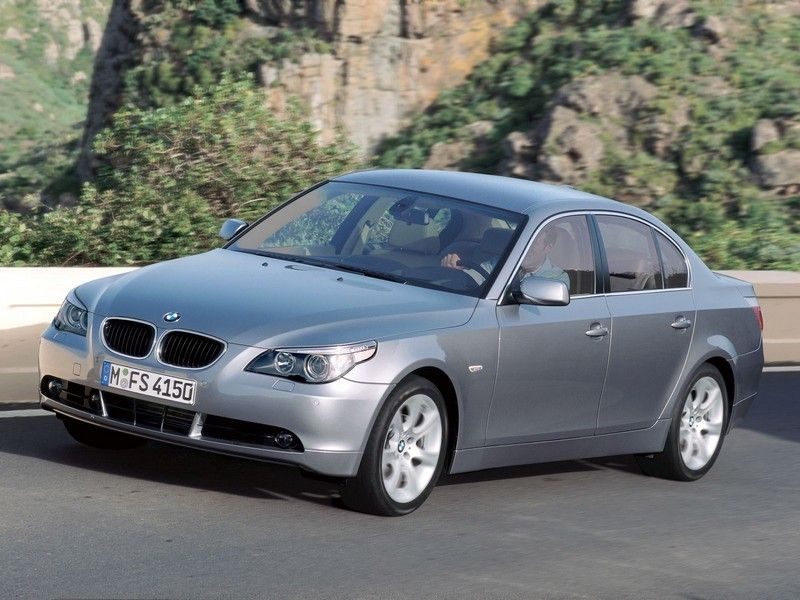
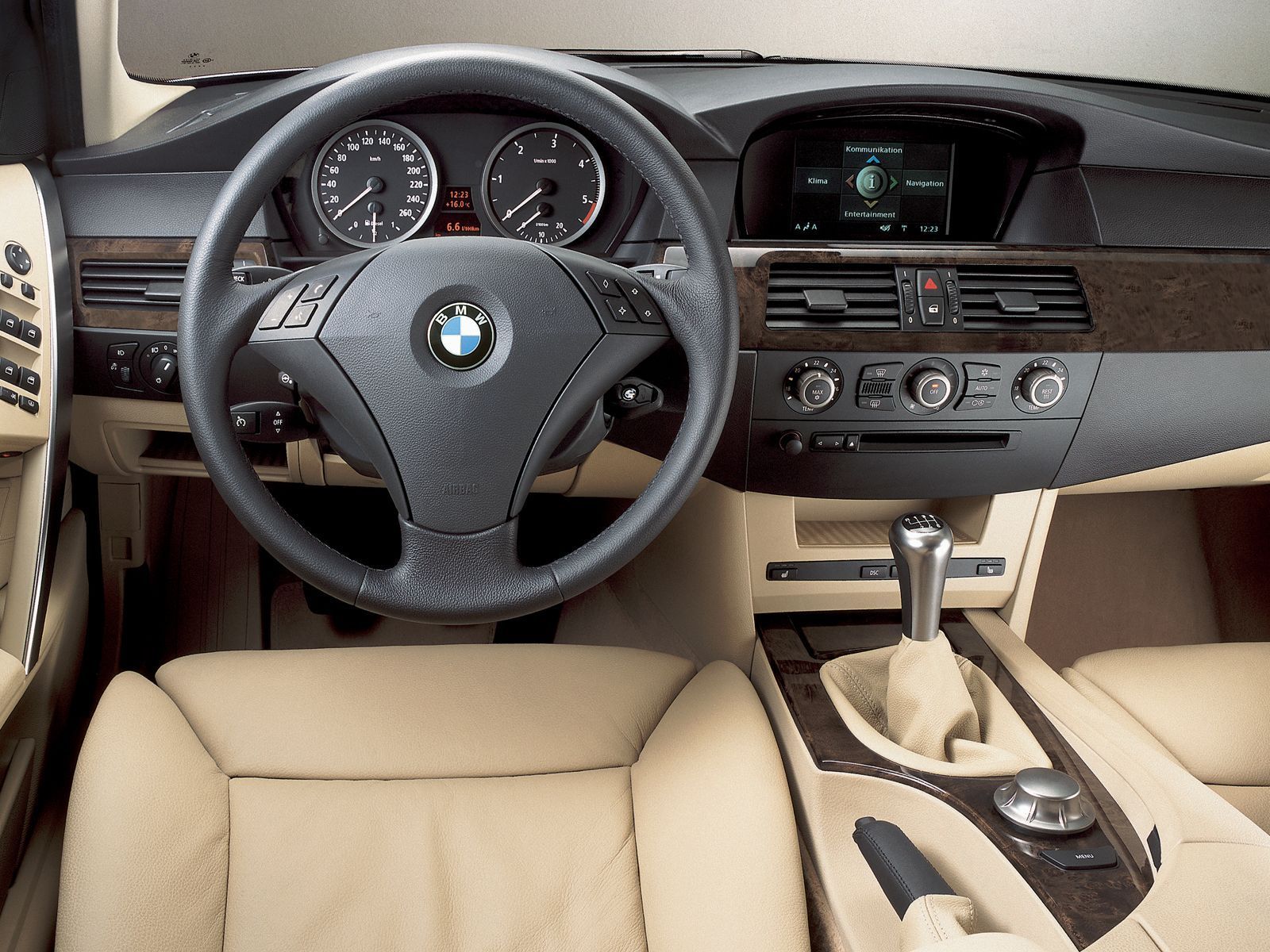
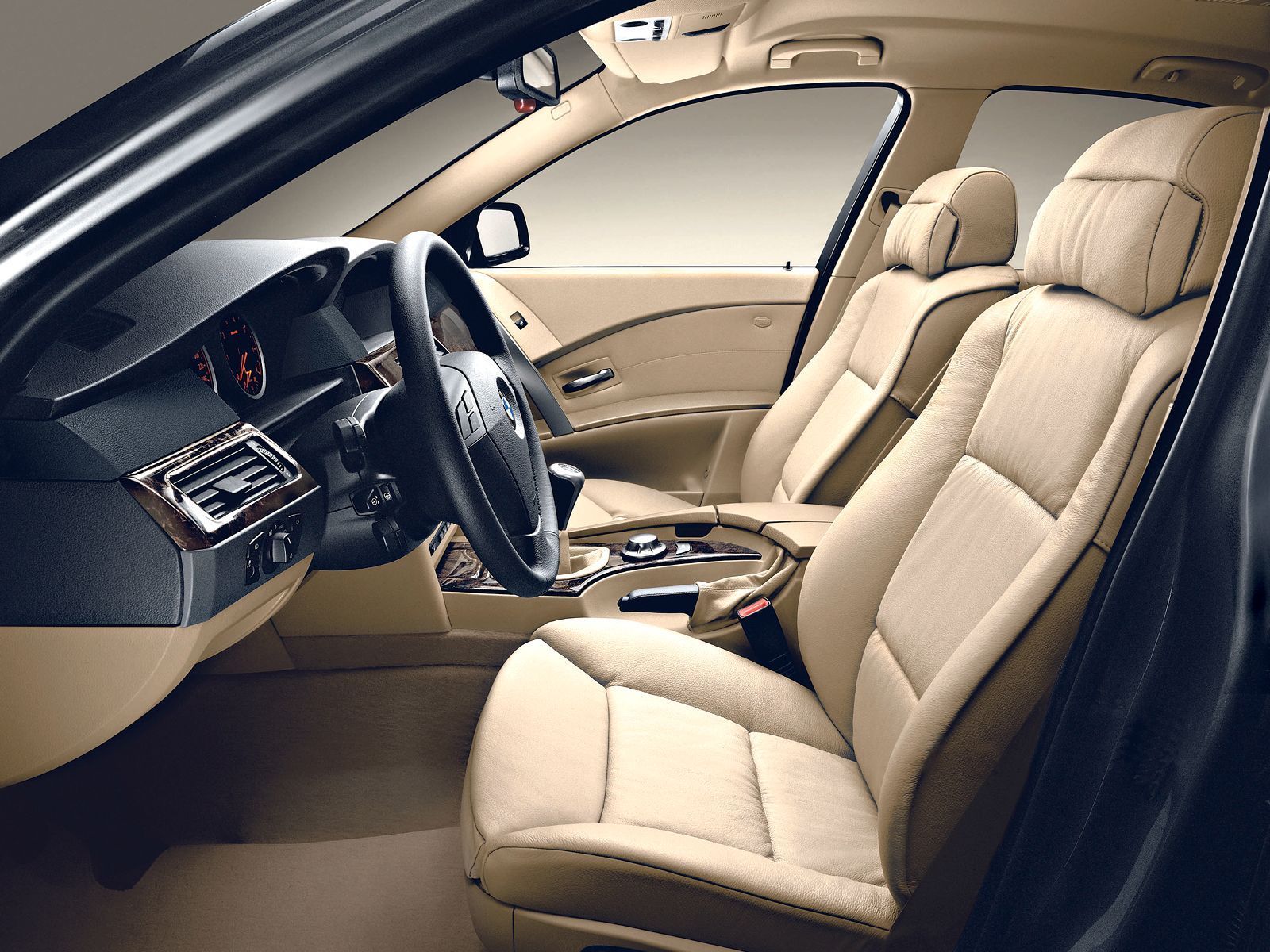
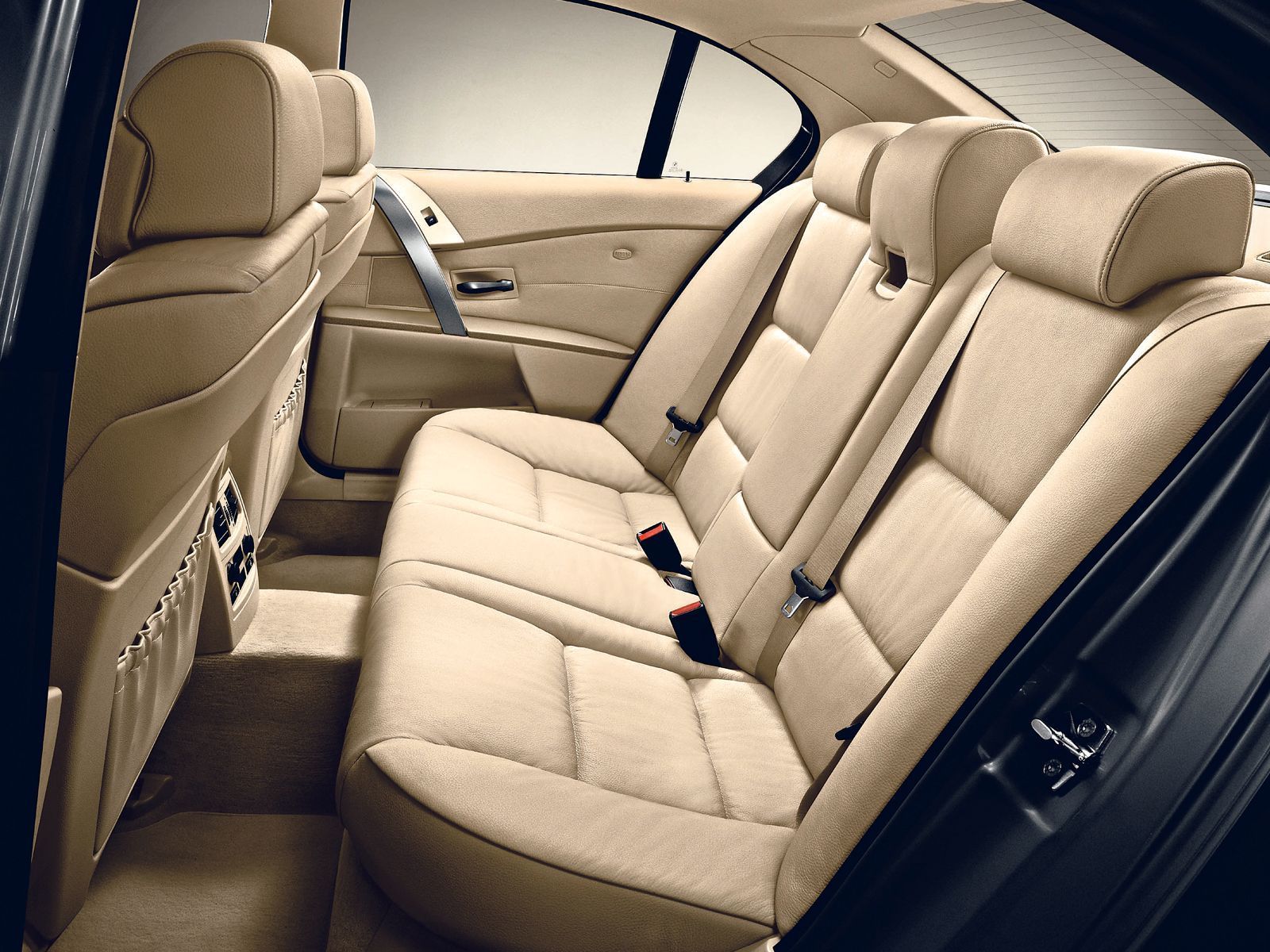
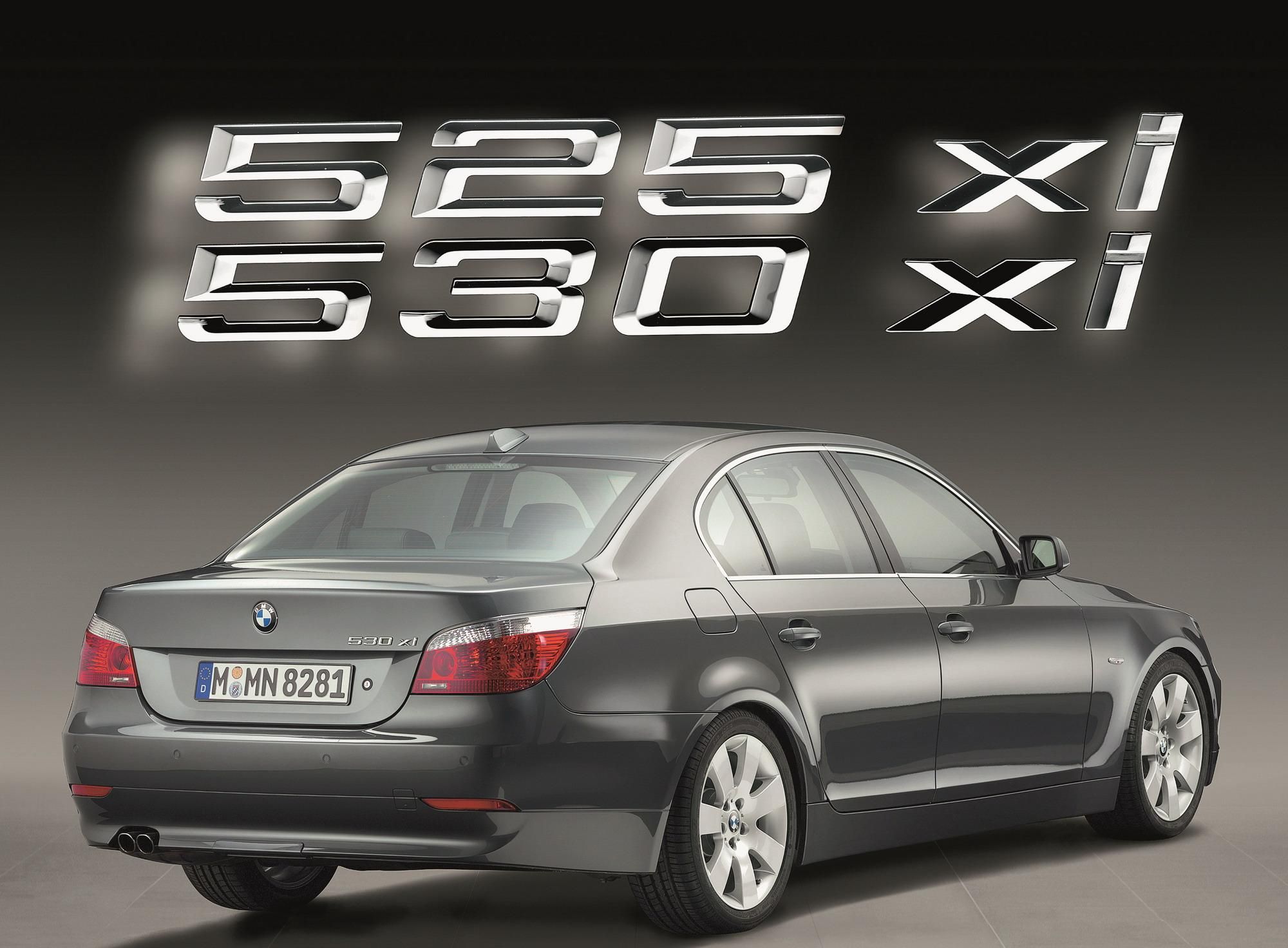
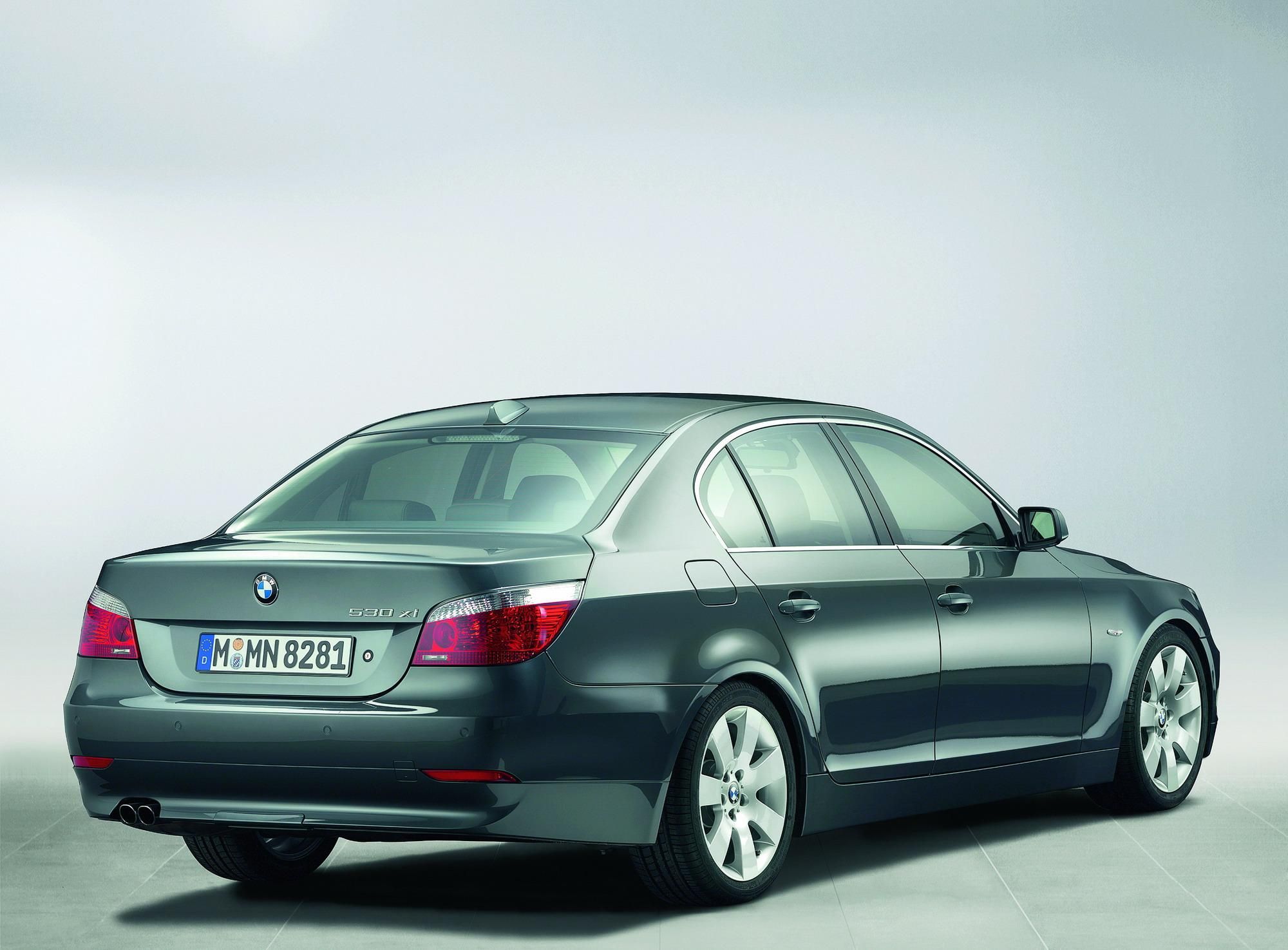
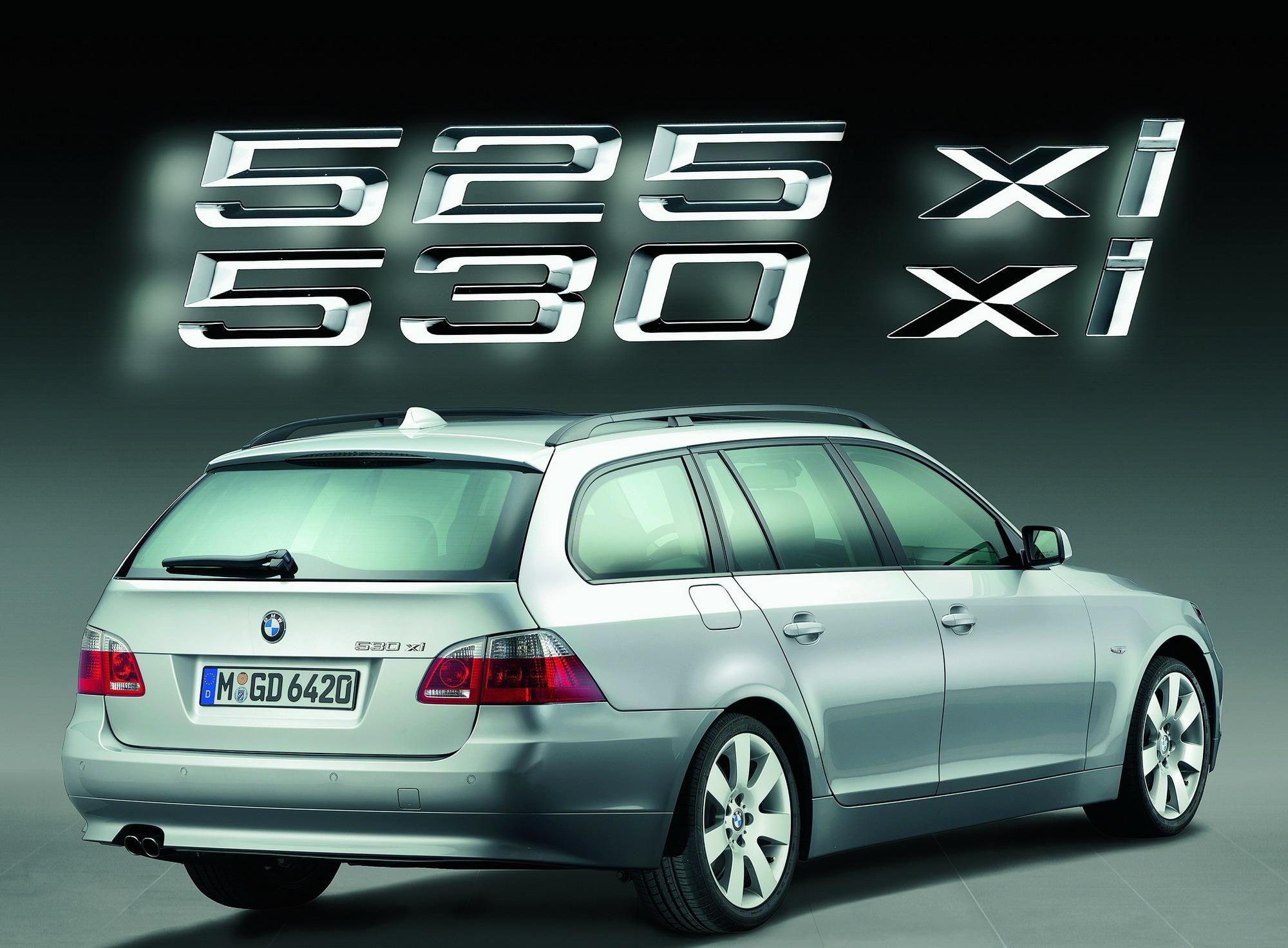
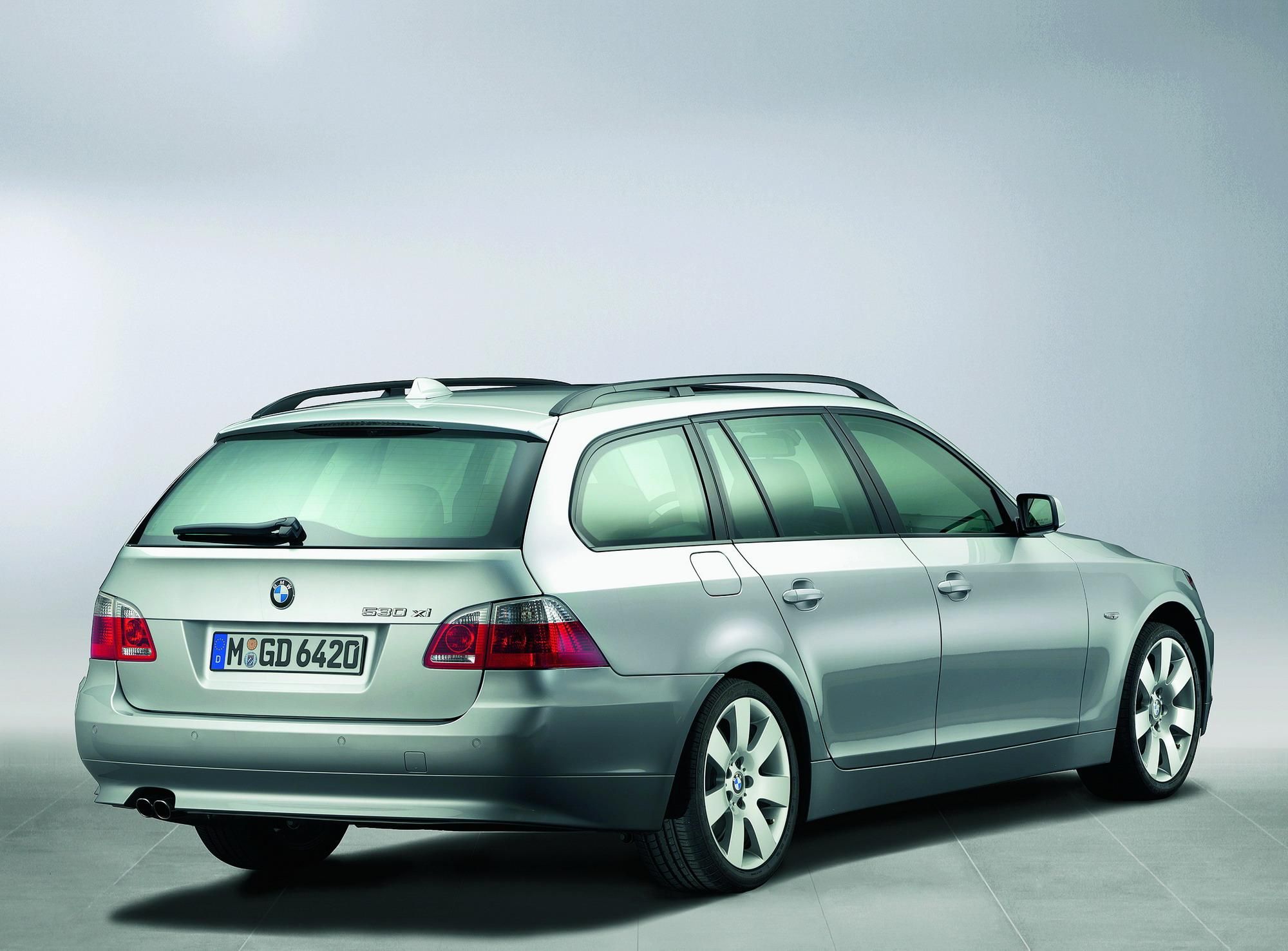
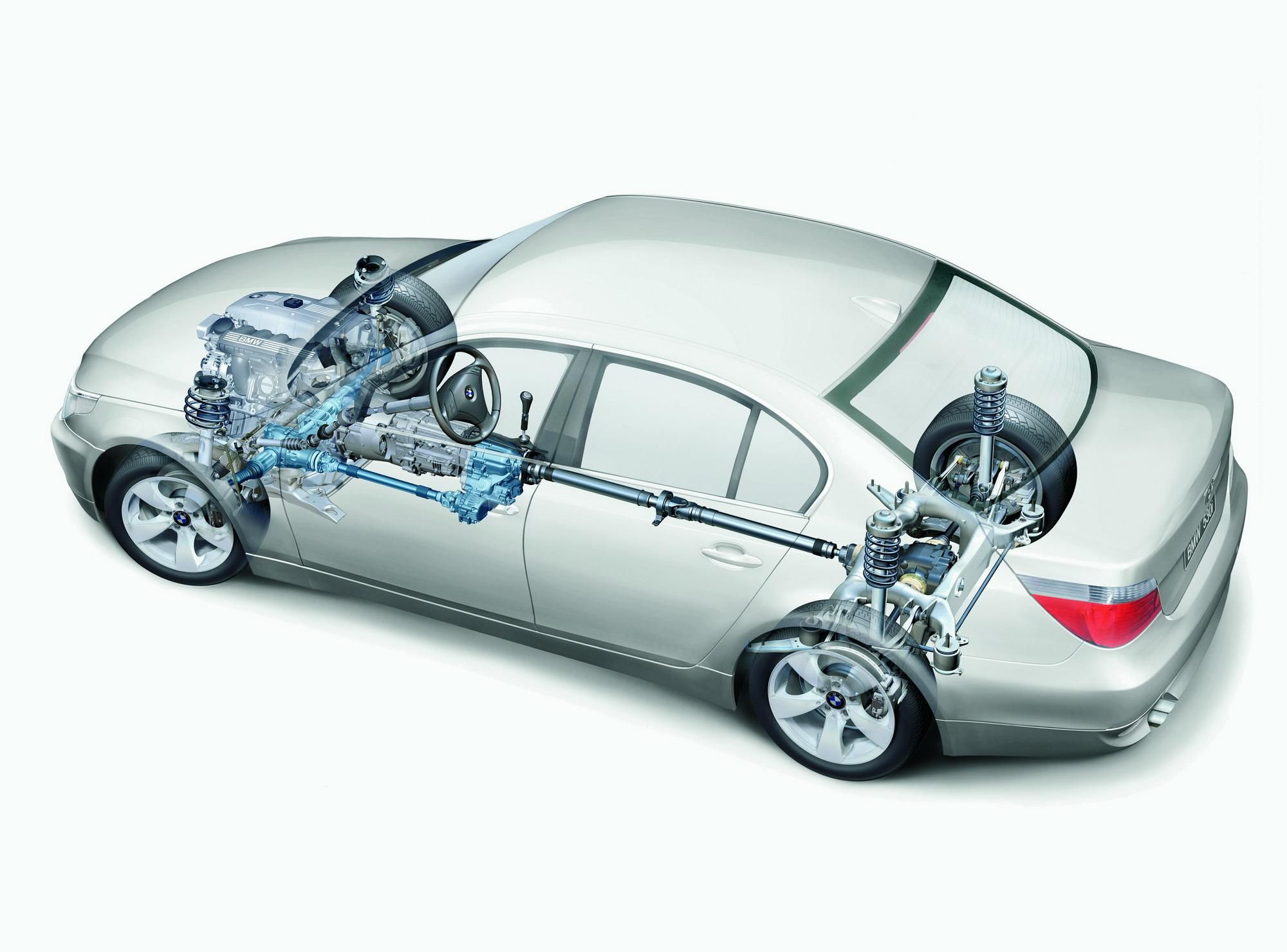
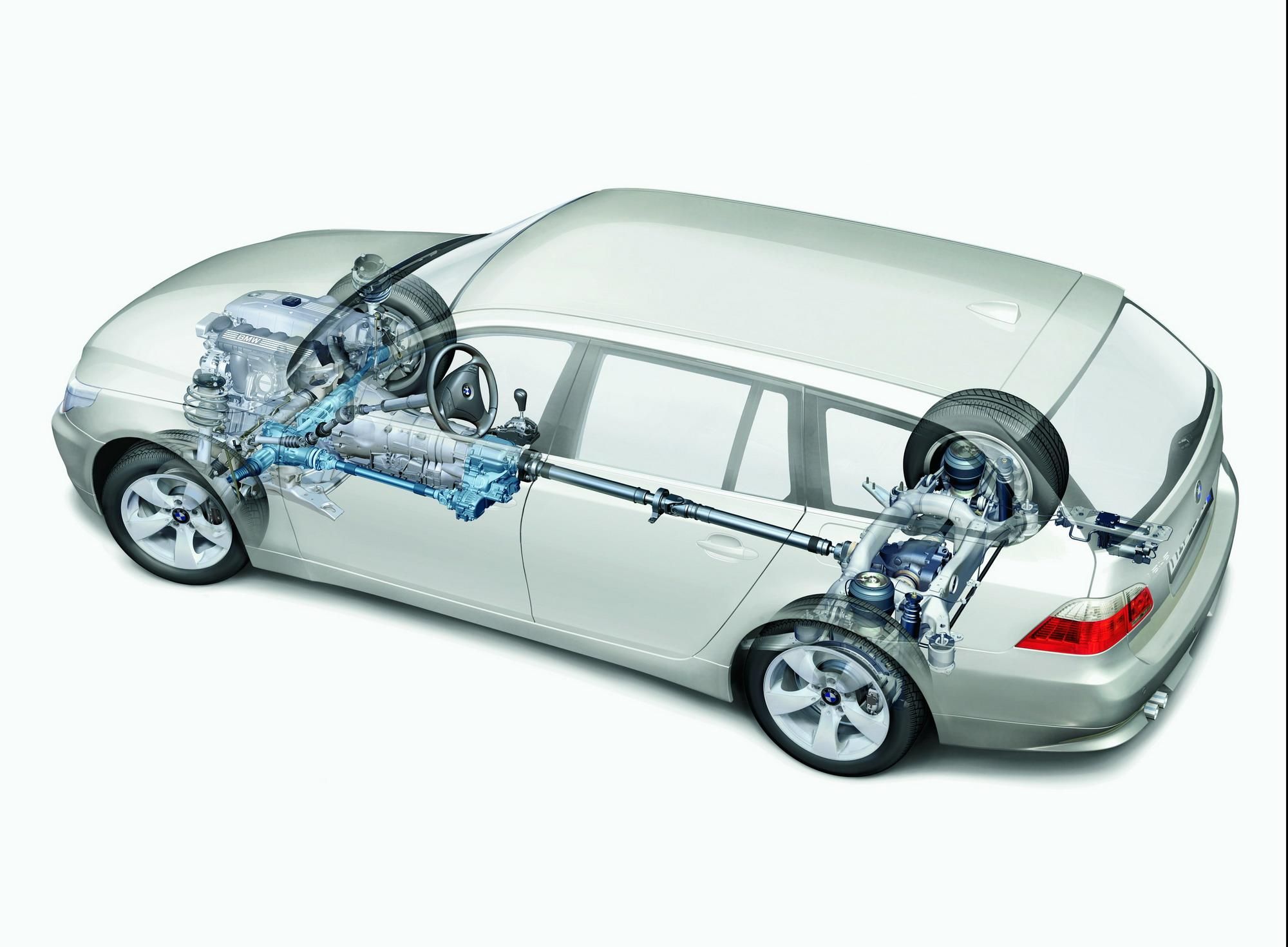
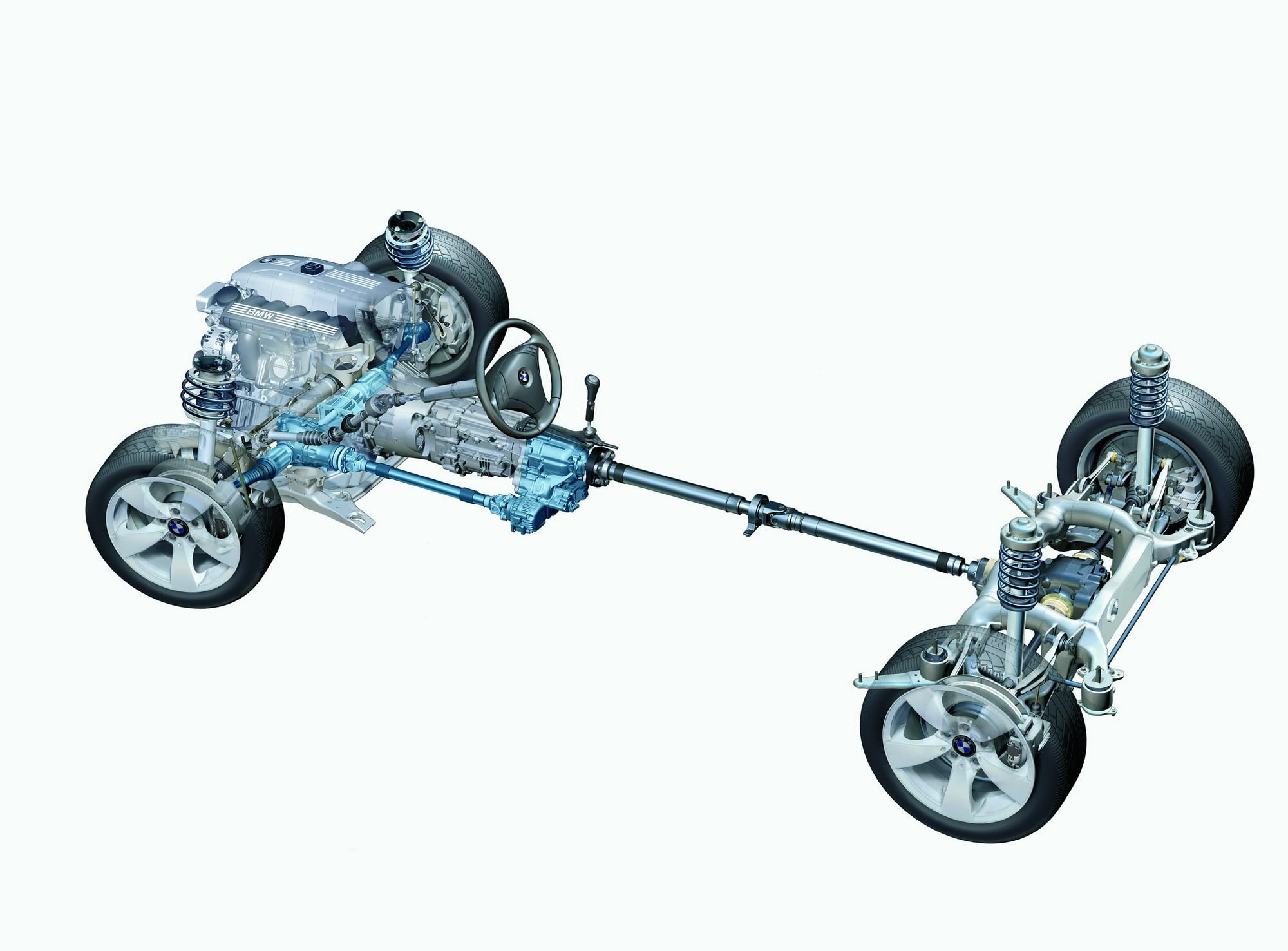
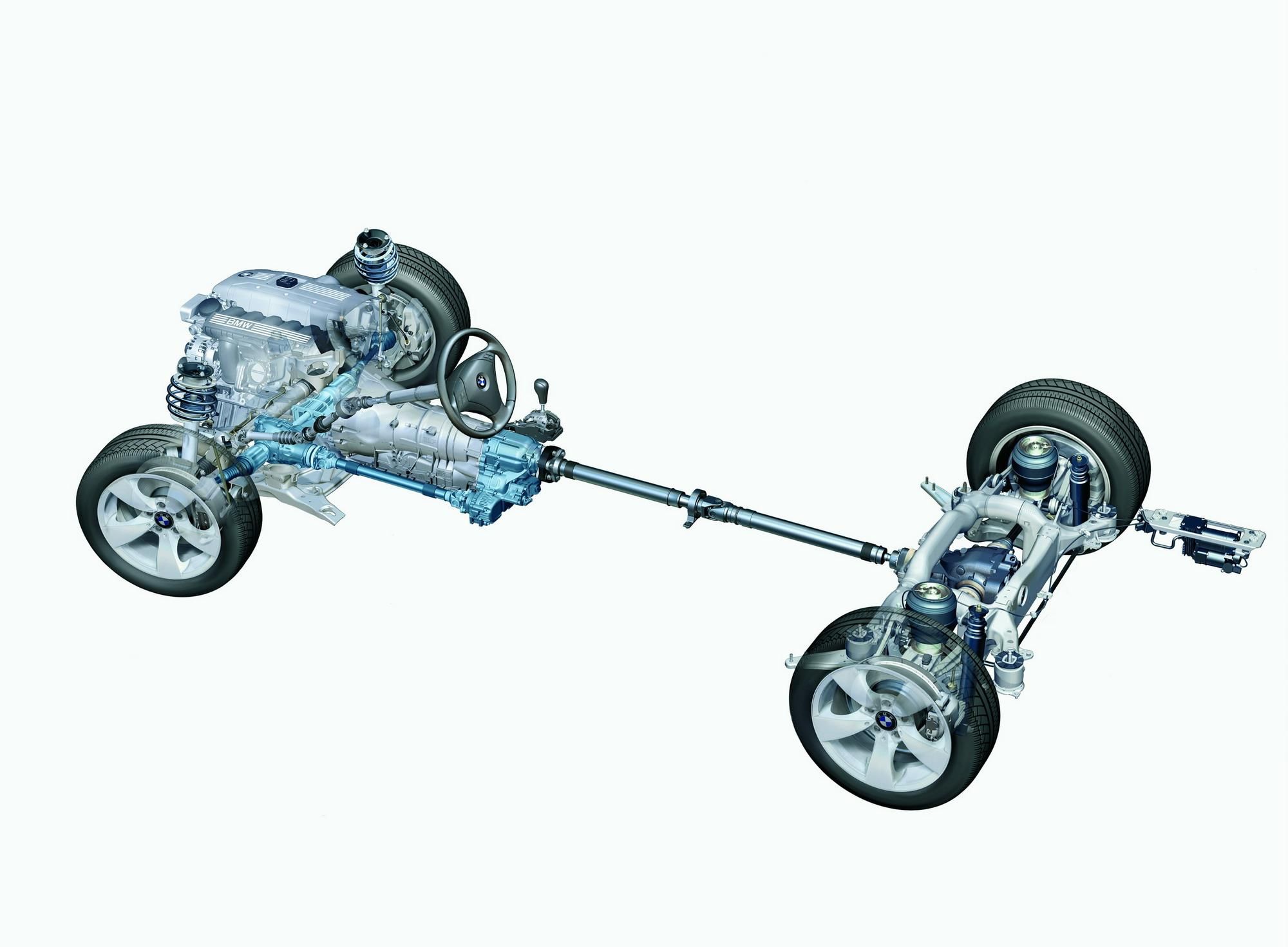
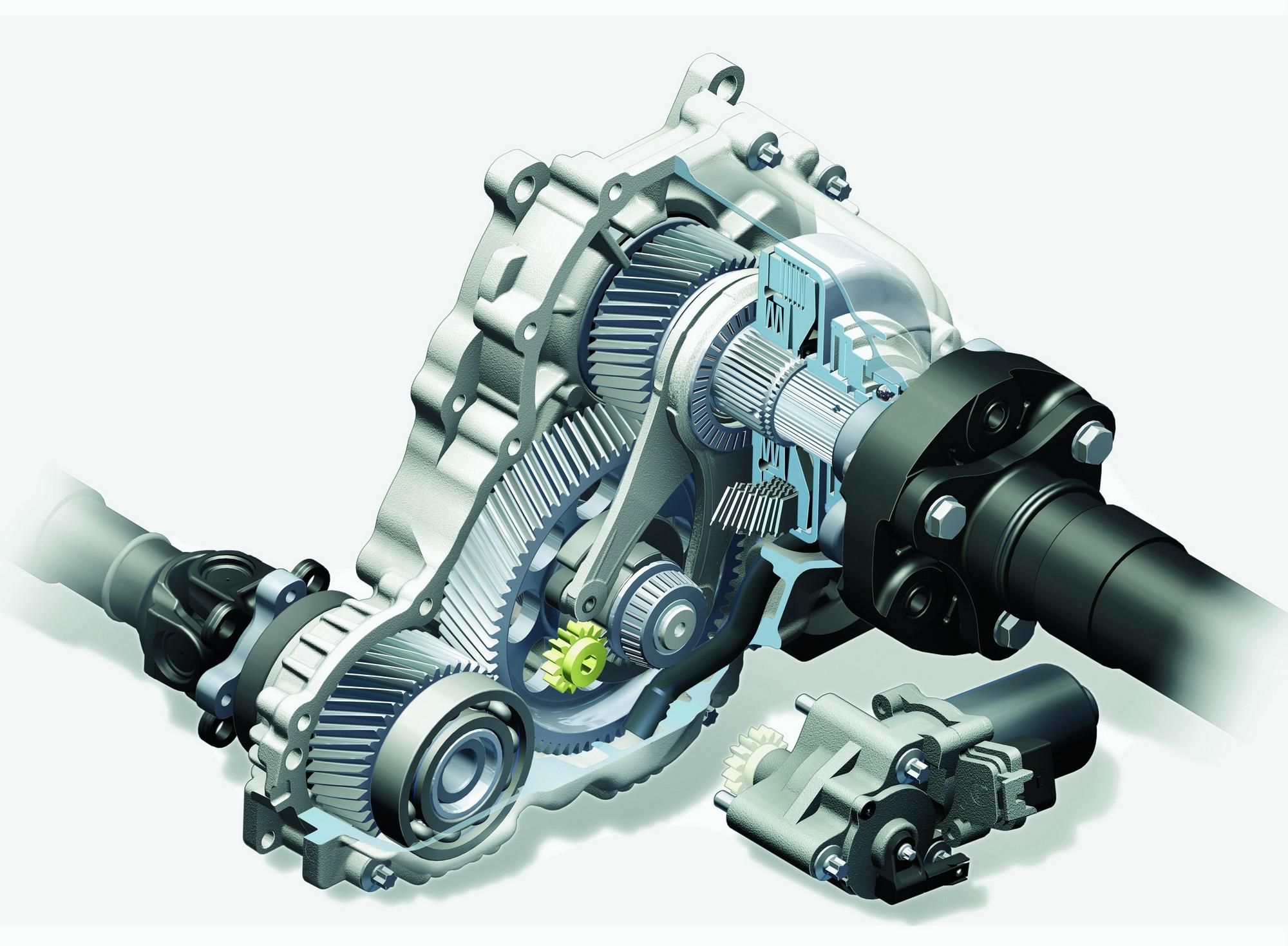
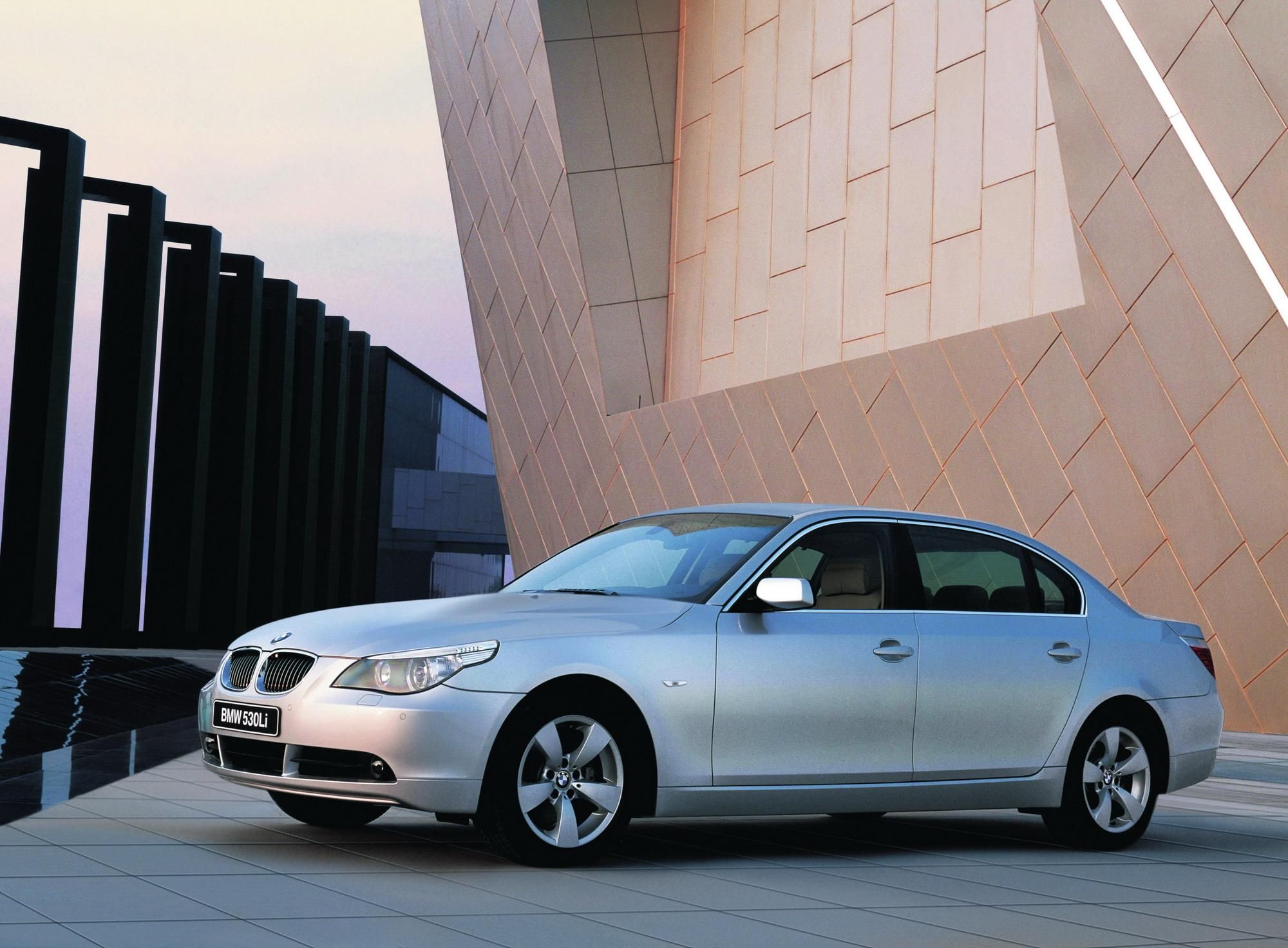
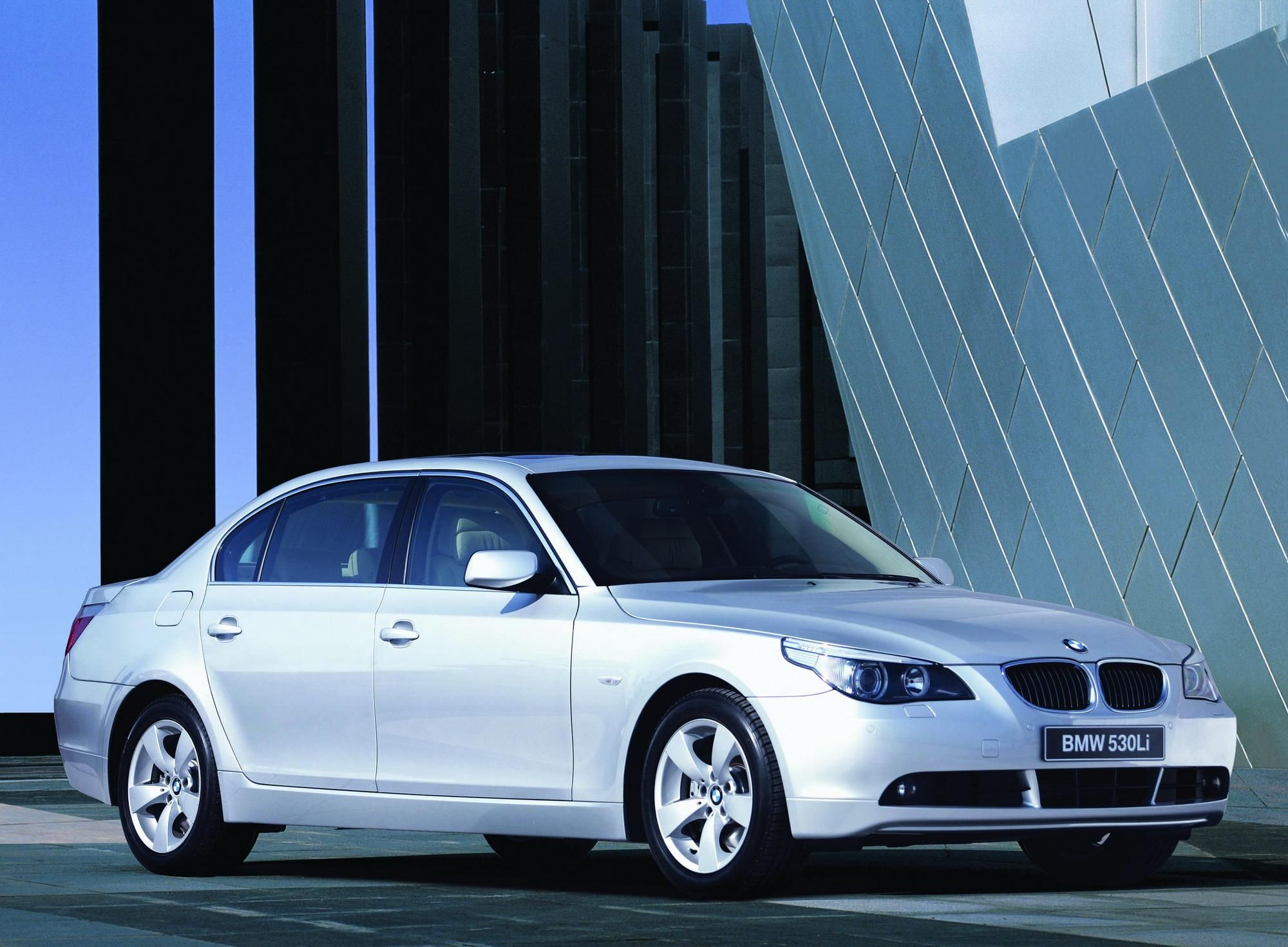
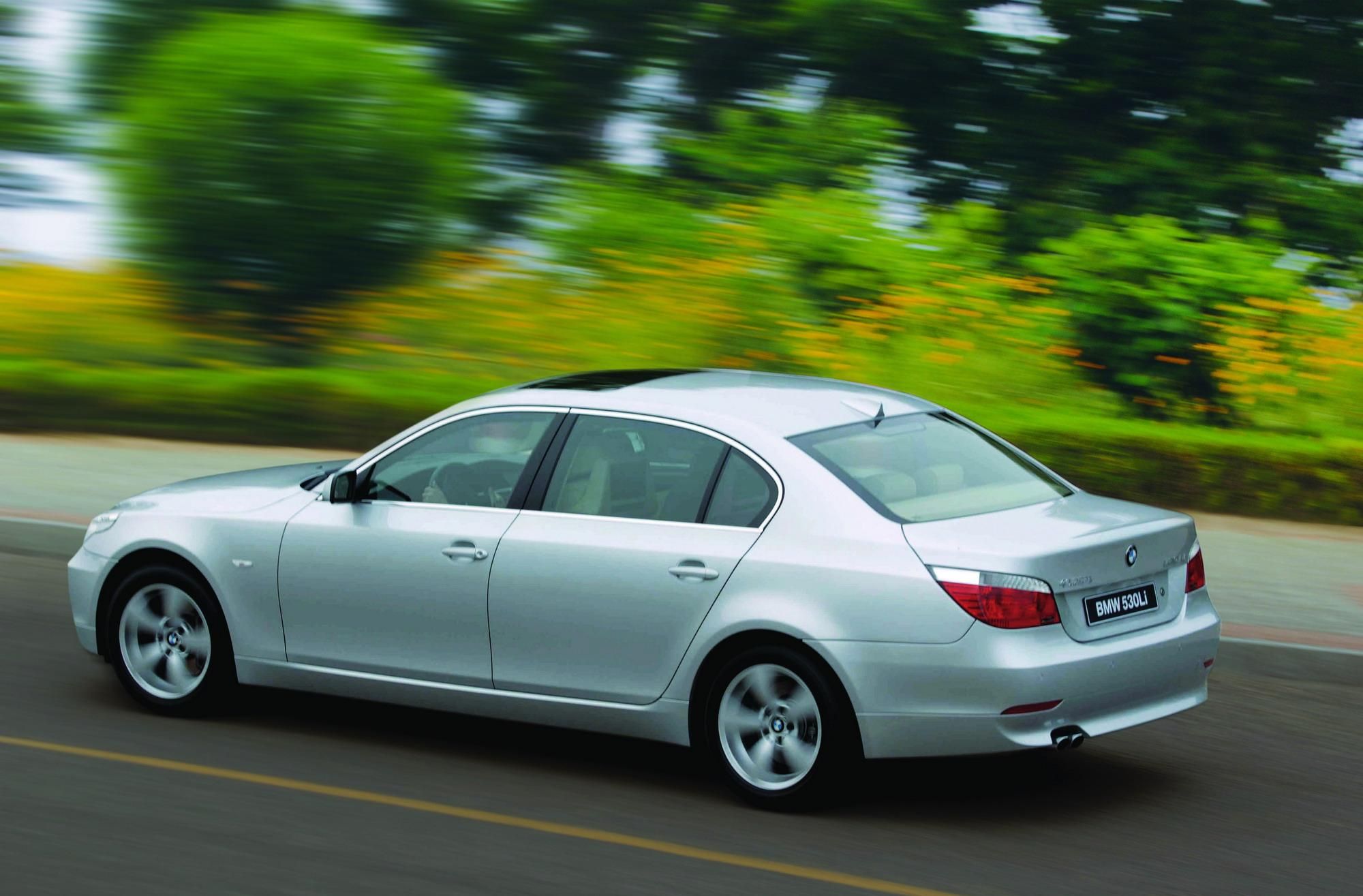
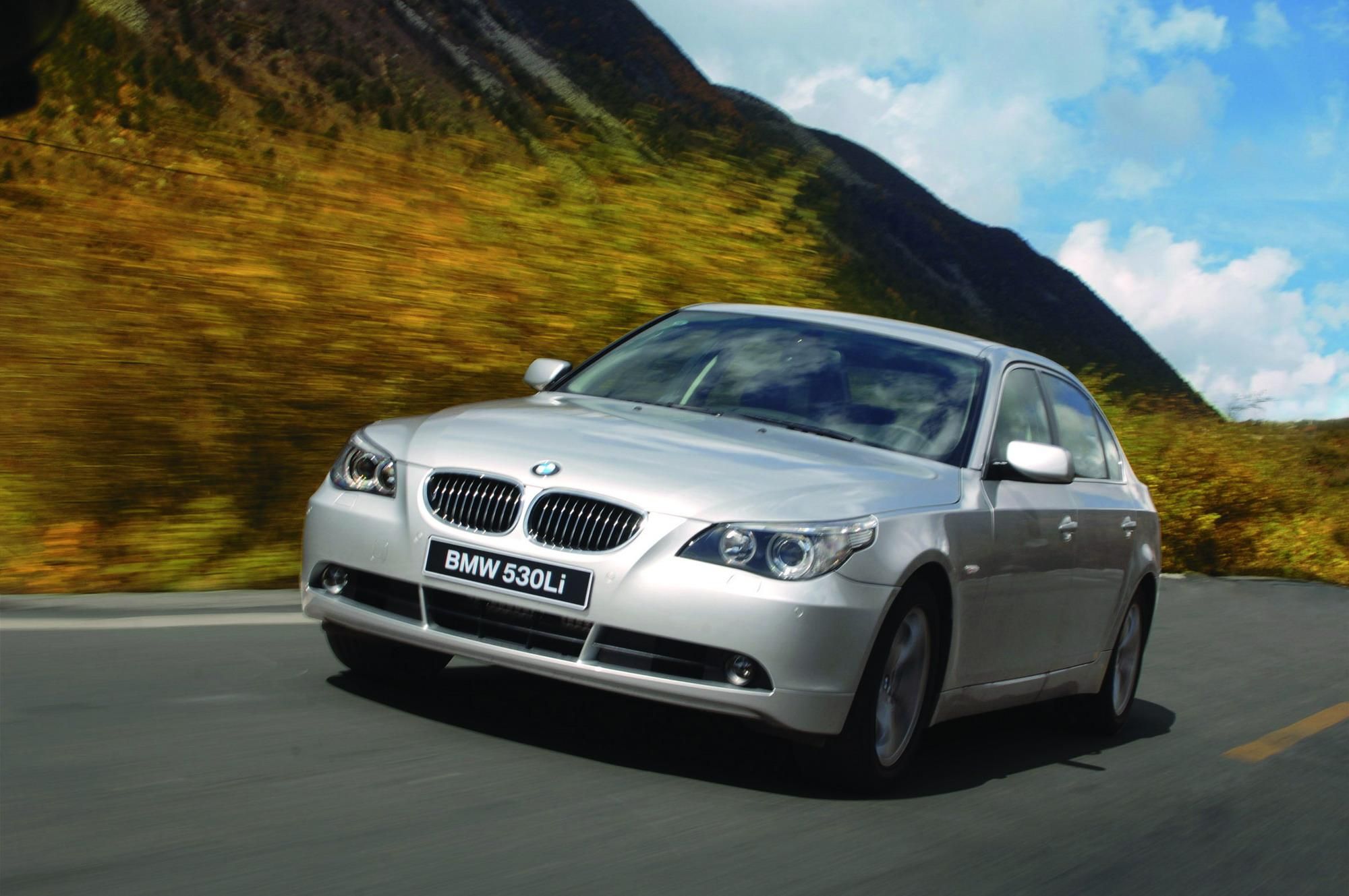
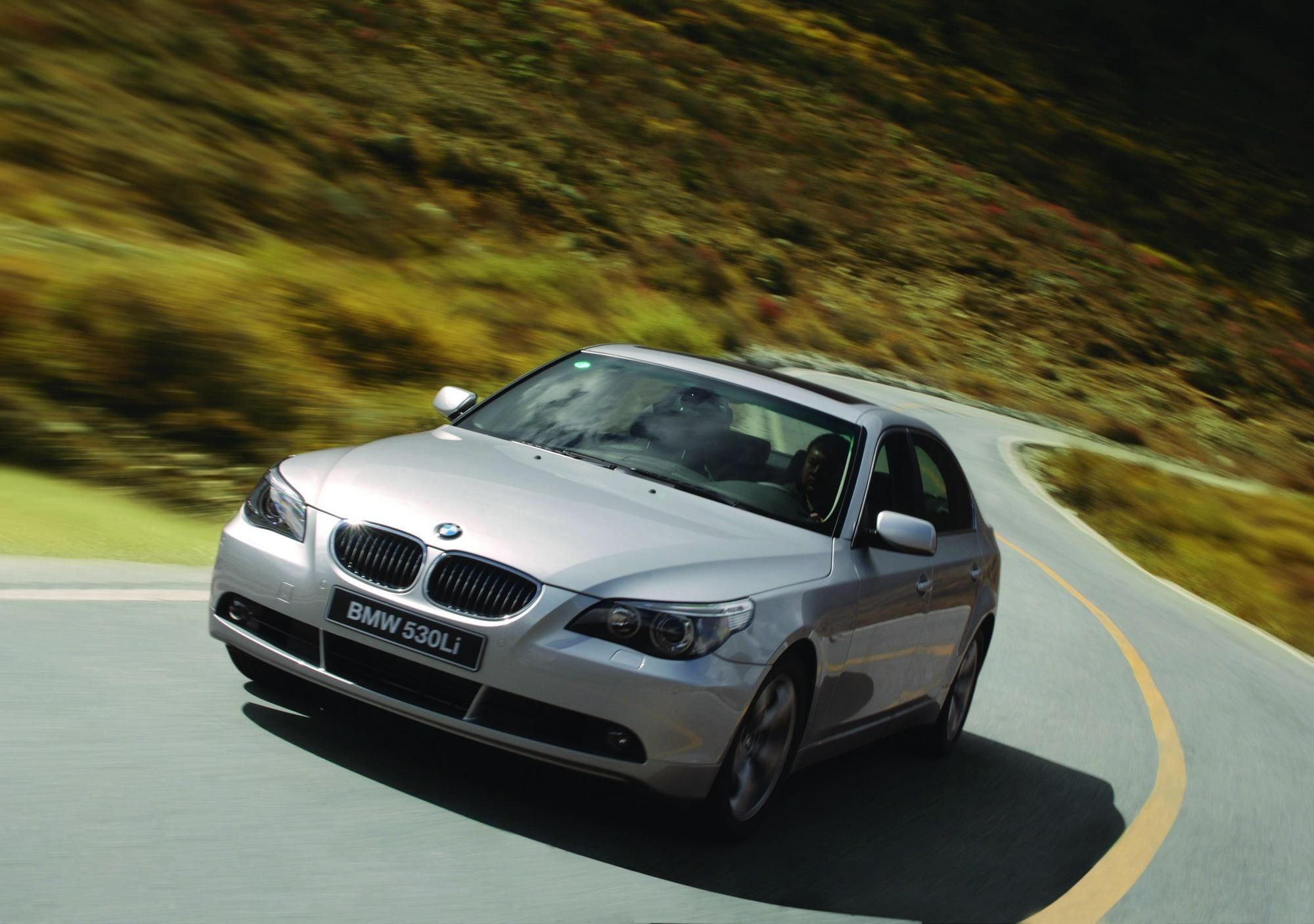
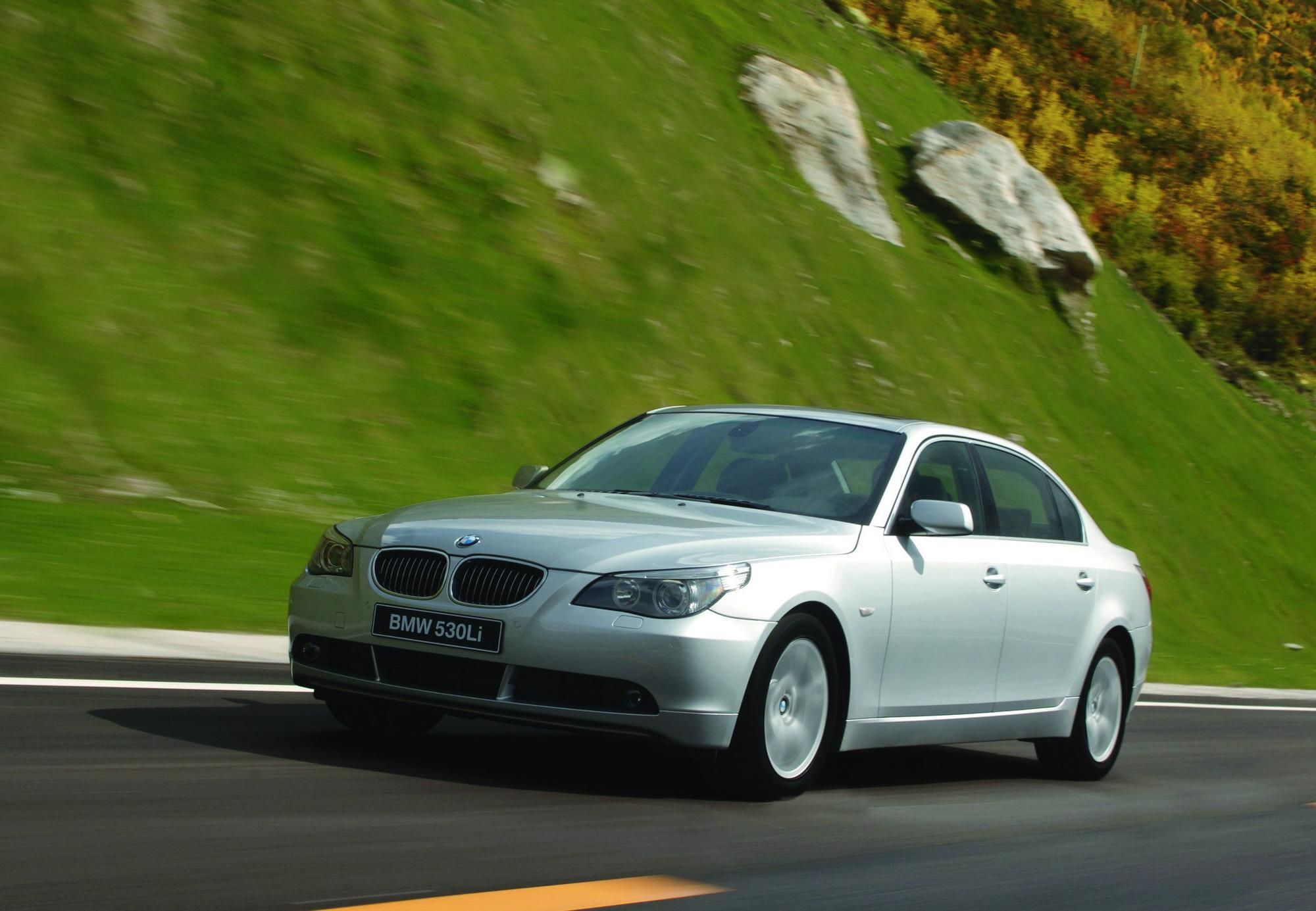
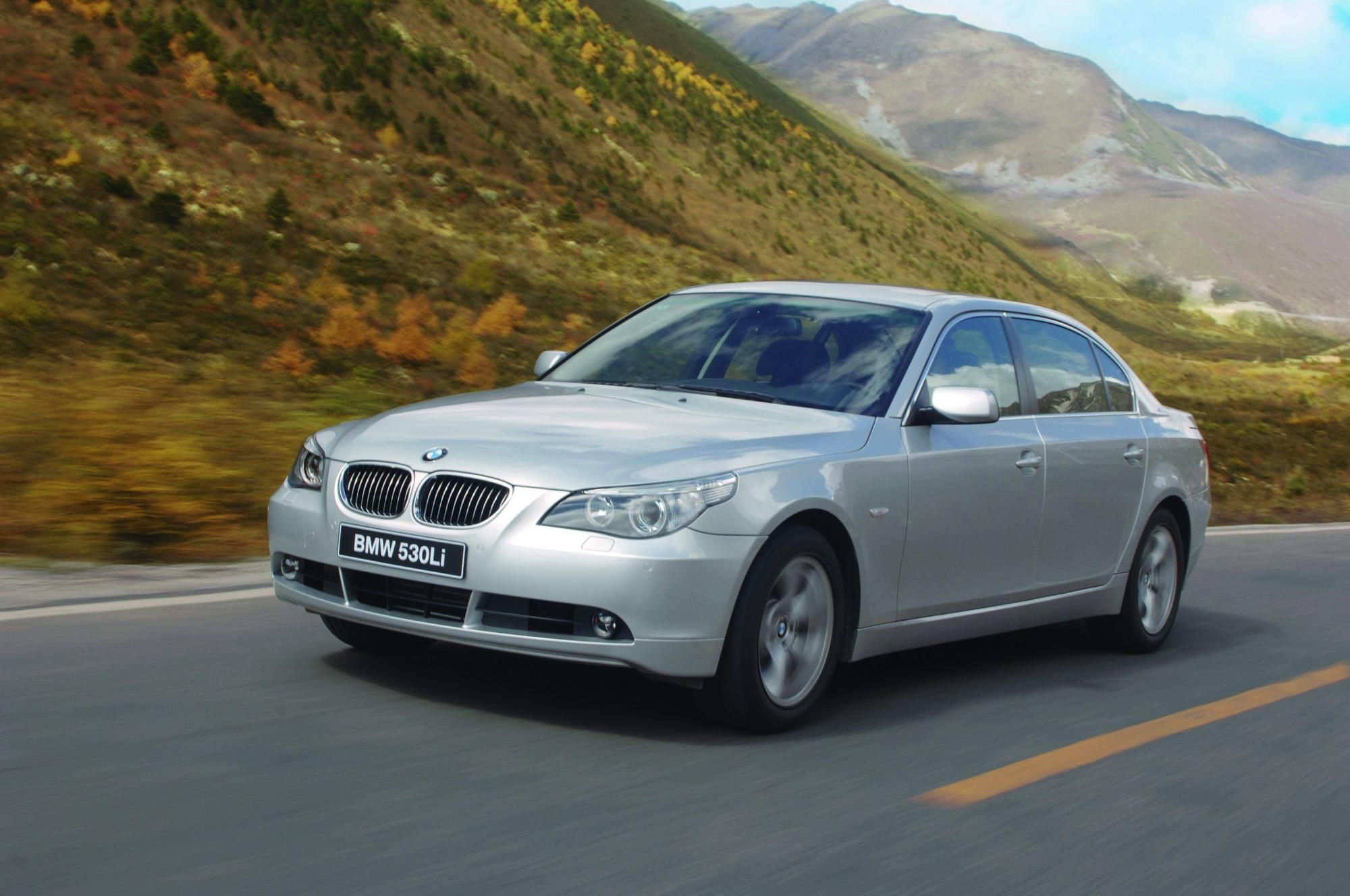
- Make: Array
- Model: 2004 - 2010 BMW 5-Series E60
- [do not use] Vehicle Model: Array
Engines with an aluminium or, respectively, a composite aluminium/magnesium crankcase as well as the lightweight aluminium front section of the car ensured a particularly good balance of weight front-to-rear. Another important component newly developed at the time was the integral rear axle likewise made of aluminium DSC Dynamic Stability Control was yet another significant innovation contributing to the car’s excellent suspension technology, particularly through its enhanced range of functions. The same superiority was provided for the first time by Active Steering and Adaptive Drive with electronic damper adjustment and anti-roll stability management. As highlights in the area of driver assistance, the fifth-generation BMW 5 Series also featured cutting-edge technologies such as the Head-Up Display and BMW Night Vision, Active Cruise Control with Stop & Go and Lane Departure Warning introduced as new systems in the car.
The range of engines in the BMW 5 Series was expanded to six petrol and four diesel engines extending from 125 kW/170 hp in the BMW 520i all the way to 270 kW/367 hp in the BMW 550i. The BMW M5 and the BMW M5 Touring, in turn, came with a 5.0-litre V10 high-speed power unit boasting individual throttle butterflies and dynamic oil supply, with maximum output of 373 kW/507 hp.
Starting in 2007, all versions of the fifth-generation BMW 5 Series were enhanced as standard through a wide range of BMW EfficientDynamics technologies varying appropriately from one model to another. Innovations such as Brake Energy Regeneration, a gearshift point indicator, active air flap control and on-demand ancillaries gave all models in their respective class an unparalleled balance of performance and fuel economy. The ultimate benchmark for efficiency in the upper midrange segment was in particular the BMW 520d returning average fuel consumption in the EU test cycle of 5.1 litres/100 kilometres (equal to 55.4 mpg imp) and a CO2 emission rating of 136 grams per kilometre as record figures in this segment despite engine output of 130 kW/177 hp.
Offering striking design, innovative technology and outstanding efficiency, the fifth generation of the BMW 5 Series consistently continued the victorious history of this model family. From 2005 to 2008, the BMW 5 Series was the best-selling car in its segment for four years in a row, with worldwide sales of this model generation amounting to more than a million units by the end of 2007. Just a bit later, in January 2008, BMW Plant Dingolfing was able to celebrate a particularly impressive anniversary, with five million BMW 5 Series having come off the production line in Dingolfing since 1973.

